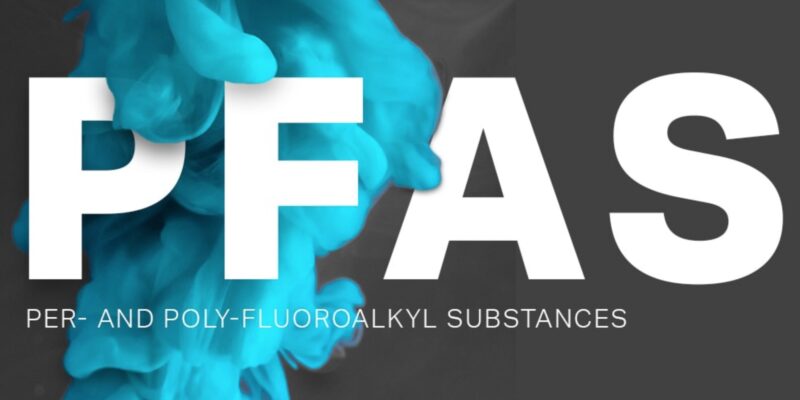When it comes to environmental regulation, legislators and administrators need to rely on data-driven, scientific evidence. Government, or the EPA, has an important role to play in creating environmental regulations to ensure a cleaner, healthier society. When drafting regulations, government needs to weigh all the evidence available, and to not give into rash action—rather, scientific data should inform all decisions so that government regulates where it should, and does not regulate where it should not.
Take for example, the case of Per- and polyfluoroalkyl substances (PFAS) in the United States. Don’t let the complicated-sounding name fool you, PFAS are actually quite common in the United States, and present in many consumer materials and daily cleaners around the household. PFAS are regularly used because of their resistance to heat, water, and oil, helping to preserve many materials.
Many regulations on PFAS are based on existing research and a body of evidence, as supported by the Environmental Protection Agency. However, there is a danger that some jurisdictions may start to make rash regulations on the amount of PFAS in drinking water contrary to the research proffered by the EPA.
The EPA has determined that drinking water is safe for human consumption at 70 parts per trillion of PFAS. For comparison, 70 parts per trillion (ppt) of PFAS in drinking water would be the equivalent of four grains of sugar in an Olympic-size swimming pool, or $1.50 of all the U.S. currency in circulation. In other words, drinking water is completely safe at those levels. However, some local and state governments try to regulate beyond such levels to an almost unattainable standard and in contrast to the leading evidence out there.
Instead, regulators should follow the example of states like Connecticut. The Connecticut State Department of Public Health bases its regulation on the EPA standard, finding the EPA evidence to be the best standard to go by. The Connecticut Department of Public Health adopts the 70 ppt limit in their drinking water, ensuring that the public is kept safe while basing their regulation on scientific evidence. Indeed, at such low levels, there is no danger in public consumption of the drinking water.





